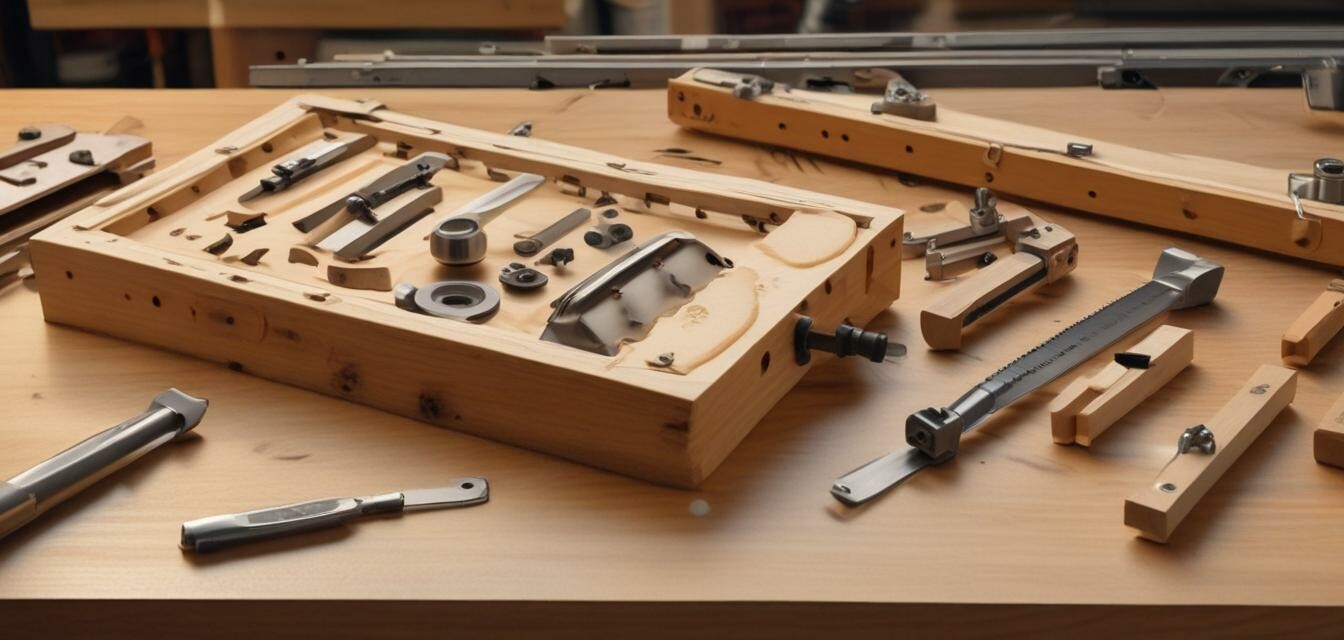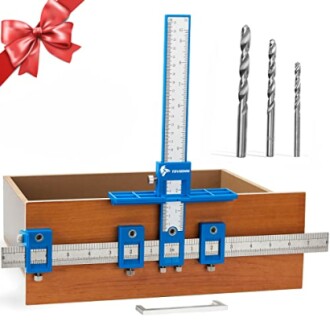
The Essential Guide to Woodworking Jigs
Woodworking jigs are invaluable tools for enhancing the precision and efficiency of various woodworking tasks. They simplify complex processes, making it easier for both beginners and seasoned woodworkers to achieve consistent results. This guide will provide an overview of essential woodworking jigs, their uses, and how to choose the right ones for your projects.
Key Takeaways
- Woodworking jigs improve accuracy and save time.
- There are different types of jigs for various applications.
- Choosing the right jig depends on your specific project requirements.
- Investing in durable jigs can save you money in the long run.
What are Woodworking Jigs?
Woodworking jigs are specialized tools that help woodworkers enhance their techniques and improve the quality of their work. They are designed to hold the wood in place while guiding the cutting tool, enabling precise cuts and joins.
Types of Woodworking Jigs
| Type of Jig | Description | Common Uses |
|---|---|---|
| Cabinet Hardware Jig | A tool used for accurately placing hardware on cabinets. | Installing handles and knobs on wooden doors and drawers. |
| Router Jig | A jig that helps guide a router along a specific path. | Creating grooves, mortises, and inlays. |
| Box Joint Jig | A jig specifically designed for making box joints. | Crafting box joints for boxes and drawers. |
| Drilling Jigs | A tool that guides drill bits to ensure uniform hole placement. | Drilling holes for dowels, screws, or hardware. |
How to Choose the Right Woodworking Jig
Selecting the best woodworking jigs for your needs requires consideration of your projects and skill level. Here are some tips to guide you:
- Identify your needs: Determine the specific tasks you frequently perform.
- Consider adjustability: A jig that can be adjusted offers more versatility.
- Look for durability: Choose jigs made from high-quality materials for longevity.
- Read reviews: Look for feedback from other woodworkers to find the most reliable jigs.
Featured Products
Cabinet Hardware Jig
A versatile tool for installing handles and knobs with perfect accuracy every time.
Learn MoreThe Benefits of Using Woodworking Jigs
Using woodworking jigs has numerous advantages that can make a significant difference in the quality of your projects:
- Increased accuracy: Jigs ensure that cuts and joins are consistently precise.
- Time efficiency: They simplify repetitive tasks, speeding up production.
- Improved safety: By stabilizing the workpiece, jigs reduce the risk of incorrect cuts.
- Versatility: Many jigs can be adjusted for different projects, making them highly functional.
Common Mistakes When Using Jigs
Even experienced woodworkers can make mistakes when using jigs. Here are some pitfalls to avoid:
- Not securing the workpiece properly, leading to inaccuracies.
- Failing to follow the jig instructions, resulting in poor performance.
- Overcomplicating setups, which can consume unnecessary time.
- Neglecting maintenance on the jigs, which can affect their functionality.
Additional Resources for Woodworkers
For more in-depth information on woodworking and jigs, consider exploring the following resources:
- Woodworking Safety Gear
- Advanced Woodworking Techniques
- Buying Guides for Woodworking Tools
- Wood Types and Their Uses
- DIY Woodworking Project Kits
Conclusion
Woodworking jigs are essential tools that can greatly improve your woodworking experience. By enhancing precision, saving time, and supporting safety, they are an investment worth making. Make sure to explore the different types of jigs available and consider your specific needs when selecting the right one for your projects. Whether you're a beginner or an expert, there is always a jig that can elevate your woodworking skills.
Pros
- Enhances precision and accuracy.
- Reduces setup time for repetitive tasks.
- Improves overall project quality.
Cons
- Can be expensive for specialized jigs.
- Learning curve for setting up some jigs.




